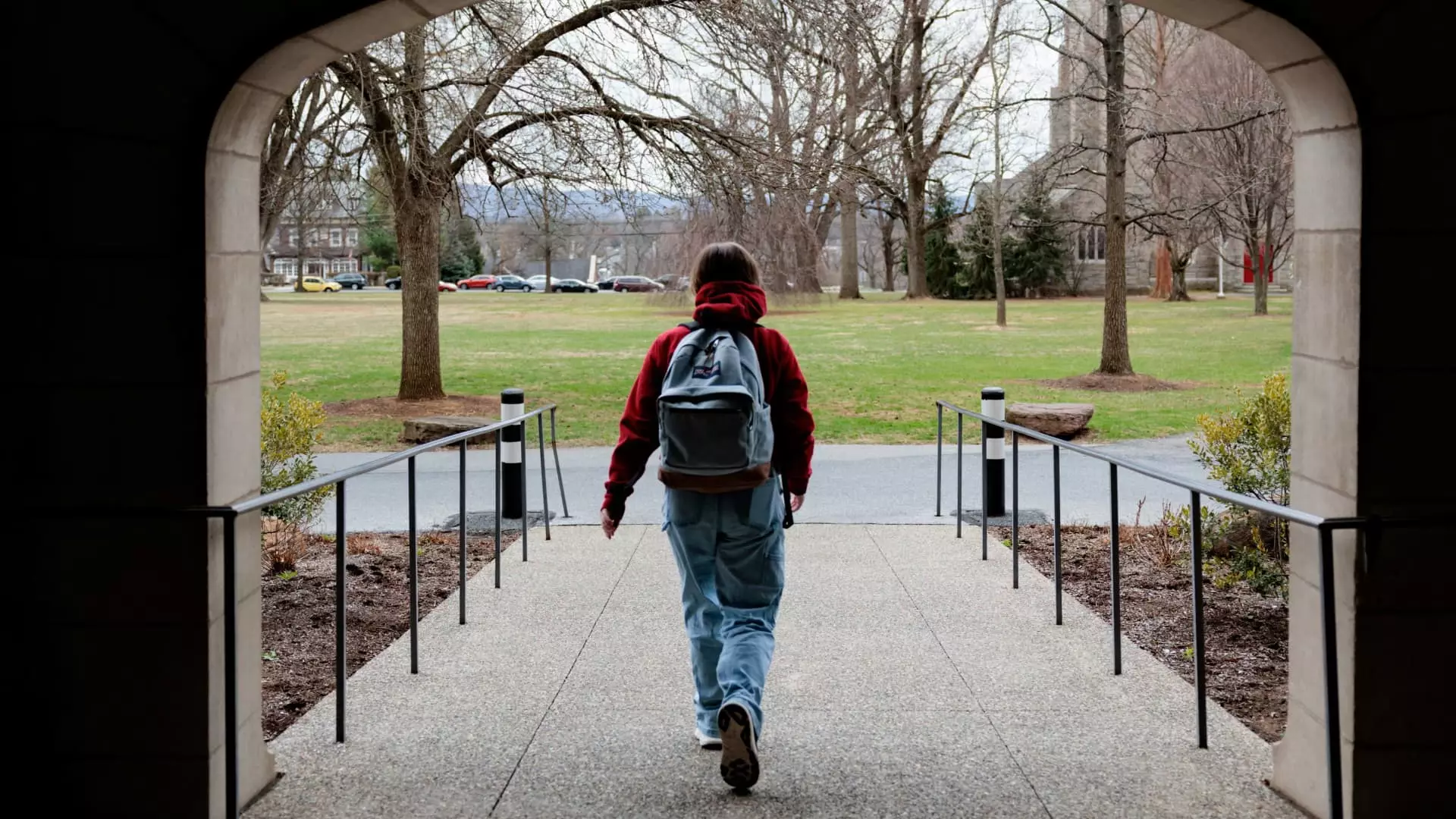The landscape of federal student loan repayment has always been convoluted, but it reached a new level of chaos when the U.S. Department of Education, under the current administration, suddenly decided to re-open online applications for income-driven repayment (IDR) plans. These plans, designed ostensibly to ease the burden on borrowers drowning in student debt, have often become a source of confusion and frustration. Many borrowers were left in limbo earlier this year when the Trump administration halted online applications, a move initially justified by a court order but experienced as a profound setback by millions.
This back-and-forth maneuvering isn’t just politically motivated; it reveals a troubling dysfunction in how we approach education financing in America. As if caught in a bureaucratic tug-of-war, the interests of borrowers get overshadowed, resulting in an evasion of responsibility that treats education as an afterthought rather than a priority. Financial literacy and access to repayment plans should not fluctuate with political tides, yet here we are.
Shortcomings in the System
Even as the administration reintroduces IDR applications, the options laid out—Income-Based Repayment, Pay As You Earn, and Income-Contingent Repayment—represent the same old solutions that were established back in the 1990s. While well-intentioned, they fail to address the root issues plaguing borrowers today: escalating tuition costs and a lack of financial support systems. The circular reasoning of capping payments at a share of discretionary income sounds appealing on paper, but for many, it is simply extending a cycle of debt rather than providing a pathway to true financial freedom.
Over a decade after the concept of IDR plans was introduced, the very fabric of higher education financing remains threadbare. The public increasingly calls for reform—not a mere reopening of applications but a fundamental restructuring that genuinely acknowledges the contemporary challenges facing students and graduates. The failure to innovate reflects a broader reluctance in political circles to fully embrace progressive educational reforms.
Voices of Discontent
Legitimate concerns have surfaced, evidenced by the American Federation of Teachers’ recent lawsuit against the Trump administration. Their argument hinges on the illegitimate broad interpretation of a court ruling that paused applications not only for the new plan known as SAVE but also for existing options. This legal entanglement underscores the frustration borrowers felt in seeking clarity and relief in a system ill-suited for their realities.
With over 12 million borrowers enrolled in IDR plans, the stakes are high. These numbers represent lives—individuals banking on the hope that their financial burdens will eventually lighten. The current political landscape does little to inspire trust. With each new policy iteration, all one can do is wonder: are we merely rearranging deck chairs on the Titanic while the hull is already compromised?
Looking Ahead: The Need for Genuine Change
As American citizens navigate student debt in hope of a more equitable future, the need for comprehensive and coherent policy change could not be more urgent. If the trajectory of our education financing system remains stagnant, we risk dismantling the dreams of an entire generation. Education should not come with shackles; it should empower.
Legislators must confront not just the technicalities of repayment plans but the overarching societal implications of their decisions. The future of higher education financing lies not in rehashing outdated solutions, but in embracing transformative paths that prioritize student welfare over political posturing. As we witness the unfolding of these IDR plans, we must remain vigilant—demanding that they reflect genuine support rather than mere perfunctory gestures that reinforce a status quo ripe for reform.

